Trying Achitecture Watercolor Painting

Hello, how are you? I am so curious about painting architectural watercolors, and I've done it. I almost forgot that I have a 100% cotton watercolor paper that I rarely use. The sad part is that I am not used to the paper, so it is a new experience for me.
I ask myself if I can continue doing this, but I guess I need to trust the process, and everything will get better. My watercolor paint is sitting in my 3-tier cart begging me to use it, so I did.
Materials I Used:
- Watercolor Paper
- Watercolor Paint
- Water Spray Bottle
- 2 Bottle Water
- Tissue
- Brush
- Fine Line Pen
- Pencil
- Eraser
- White Pen
Let's Paint!
Let's Paint!
Sketch and Line Art:
Using a mechanical pencil, I drew the line art of the references. I did it first lightly.
After sketching the reference, I am going to draw the final line art I making it more visible so I can look at it easily.
Layering Fine Line Pen:
Then, for the next process, I am going to layer the pencil line art with fine line pen with pigment ink that is water and fade-proof. This is important, if you're going to use watercolor paints after this, so if you're going to use a regular pen, things will not work, so you need to use it after painting it with watercolor.
I drew it as thinly as possible. If you're going to use a thick pen tip, the result will not be the same as the one I drew. Make sure to use a thin-tip pen for adding the pen line art.
Then I make sure the pen ink is completely dry before I erase the line art of the pencil, to avoid ink smudge.
Painting It With Watercolor Paints:
Before I start painting, I condition the paints with a water spray and let them soak for about a minute. Conditioning it will make the paint easier to work with, and it will be more opaque.
After that, when the watercolor paints are completely condition, I pre-mix the colors I am going to use. Premixing not only saves time but it saves more paint.
It has been a while since I used 100% watercolor paper, so I am still getting used to it. So I added a layer of paint on the paper. So starting with light watercolor paints. I use aumber color for this part. I usually layer the shadows first.
After that, I added a color that is close to Payne's grey on the part that needed to be.
After that, I added a layer of paint with shades of green on the parts where the plants are.
The next process is I layer darker shades of the colors I need on the part that needs to be darkened, and I can see the painting is getting more like the reference.
For this part, I keep layering it with darker and more opaque colors in the painting.
Using this white pen, I added some highlights to the painting.
Carefully layer it with a white pen.
This is what it looks like. A white pen is really helpful, it makes the painting more dimensional.
I almost forgot to add my signature, so adding it for the final photo.
Thank you for visiting, see you on my next blog. :D
Please take care of your mental health as well.
I hope you are okay today :))
Please take care of your mental health as well.
I hope you are okay today :))

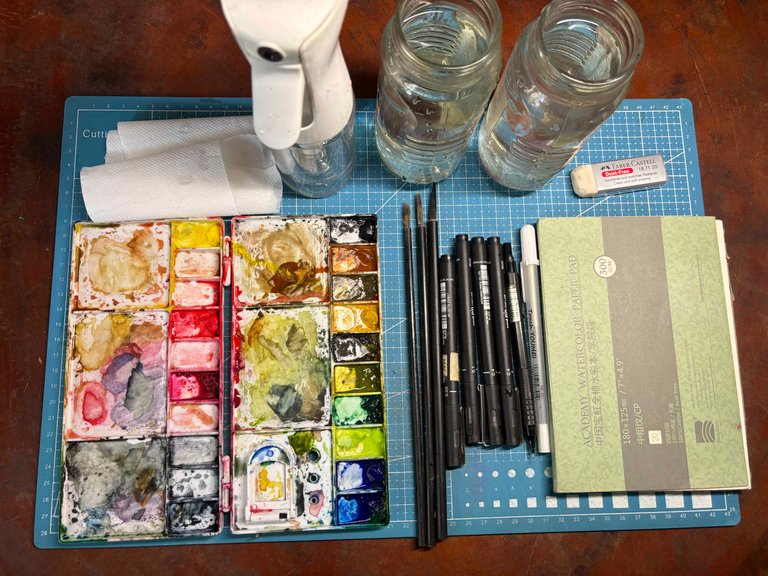

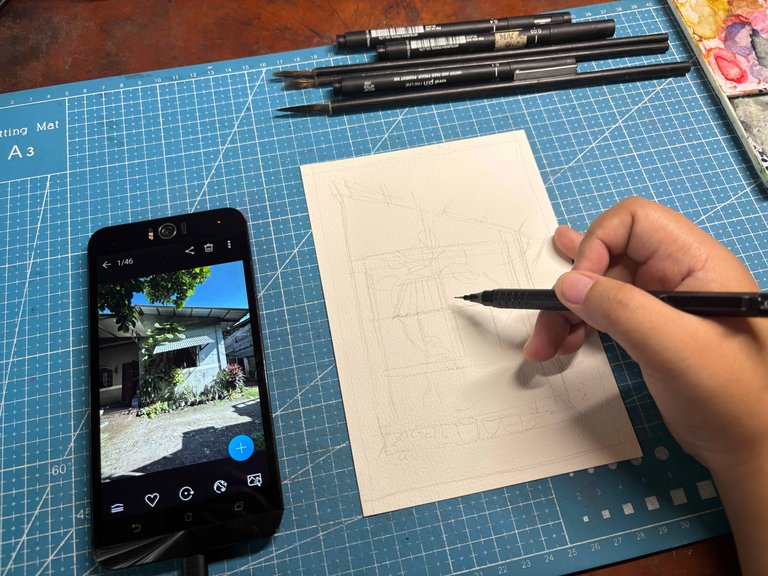
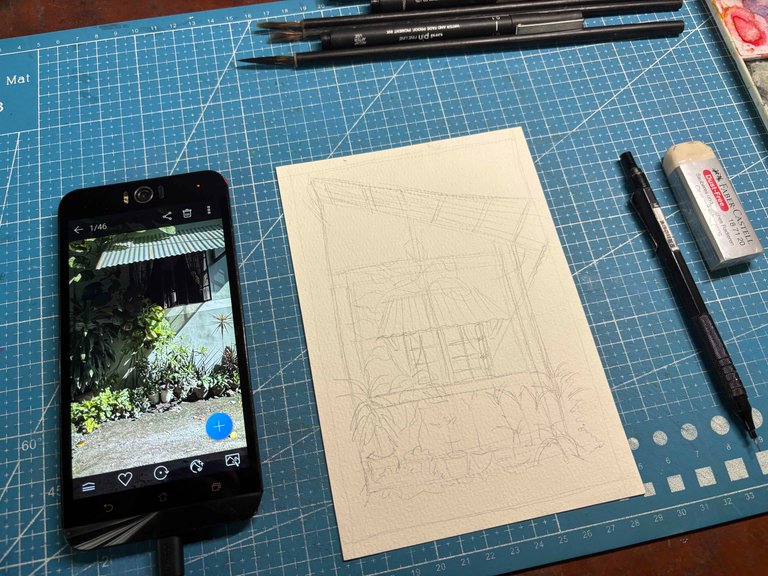
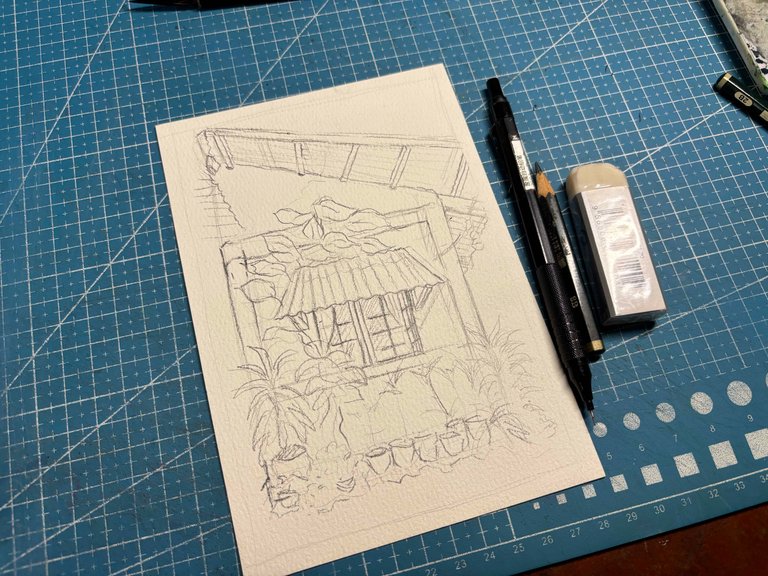
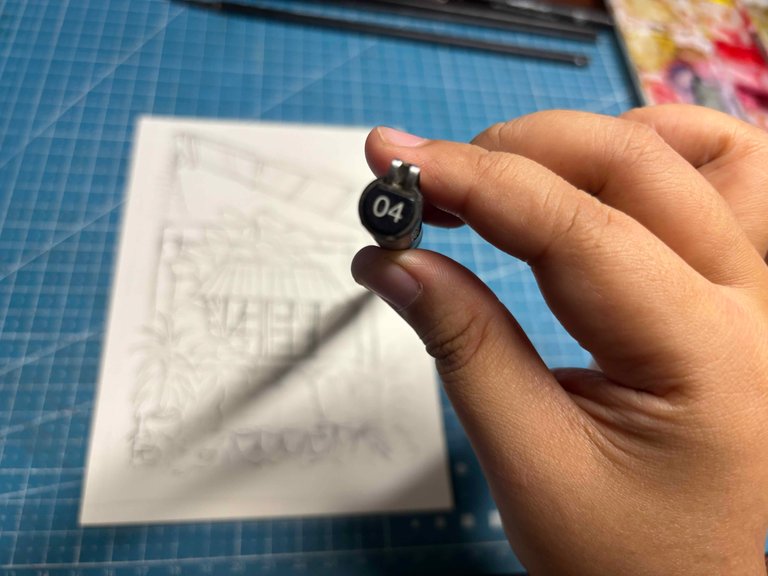
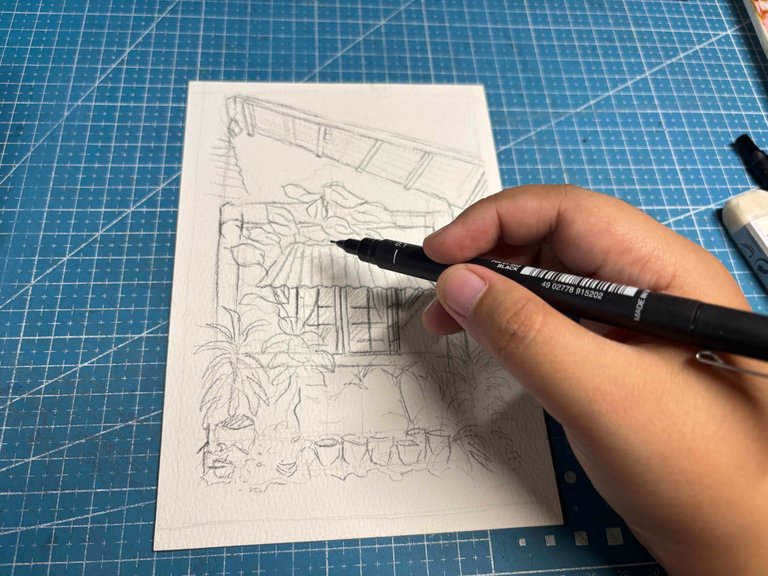


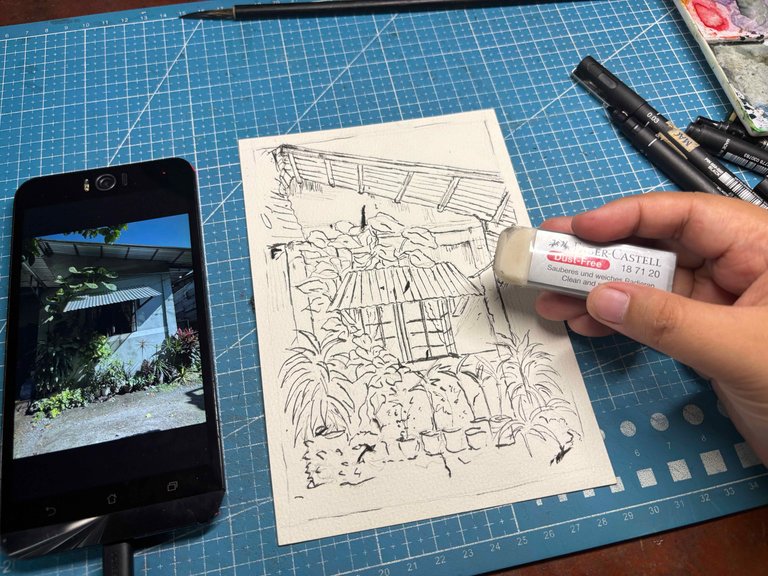
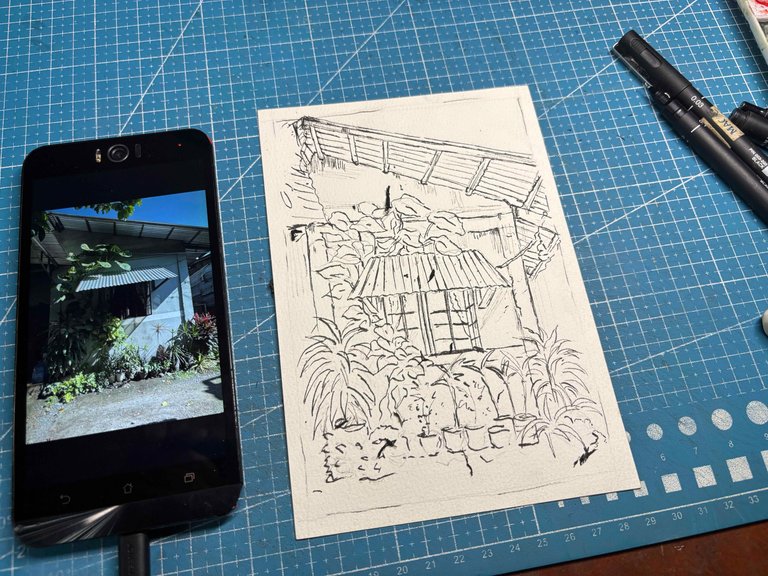
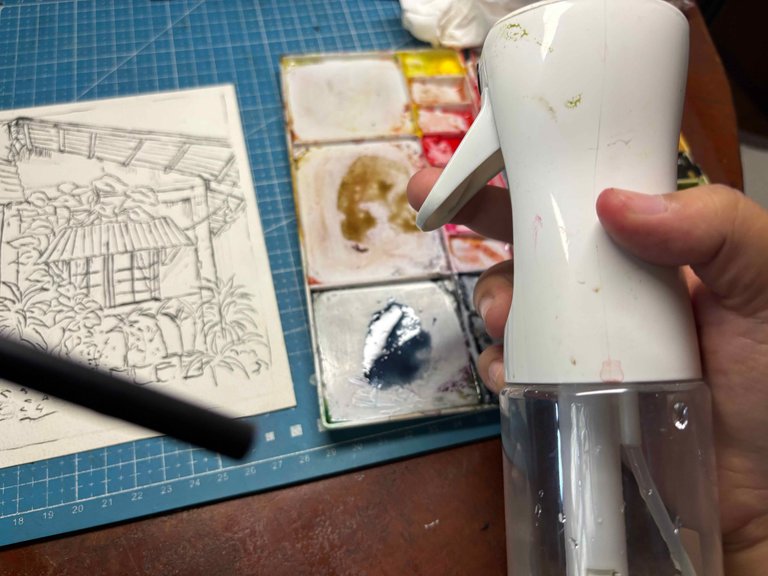
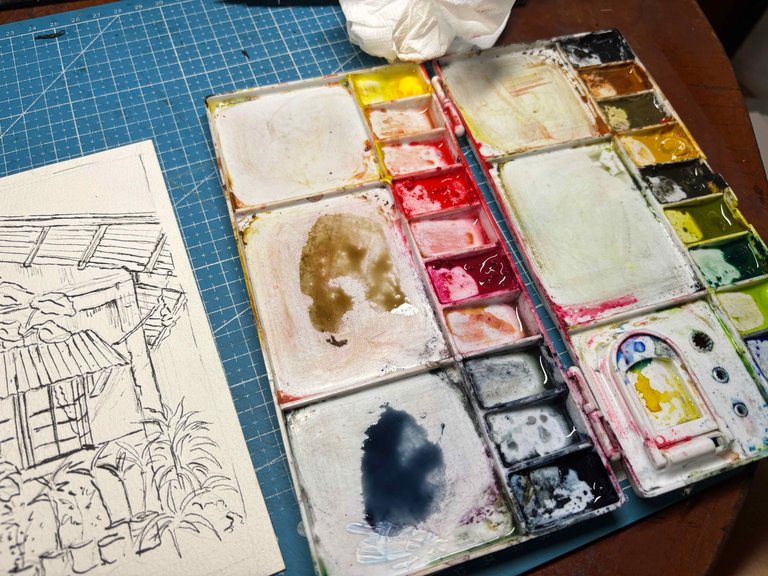

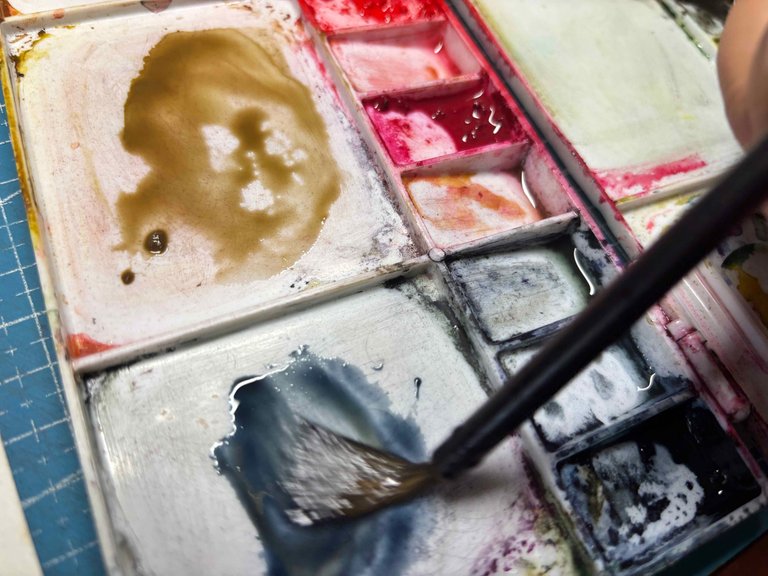
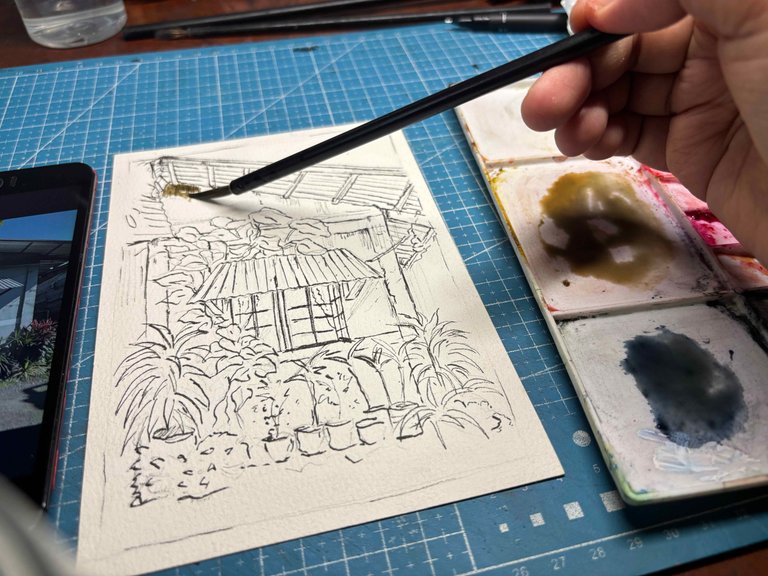
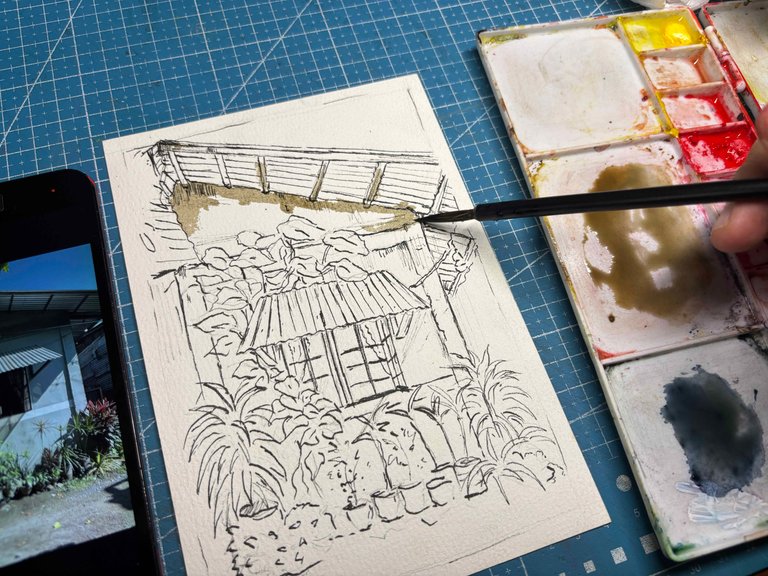
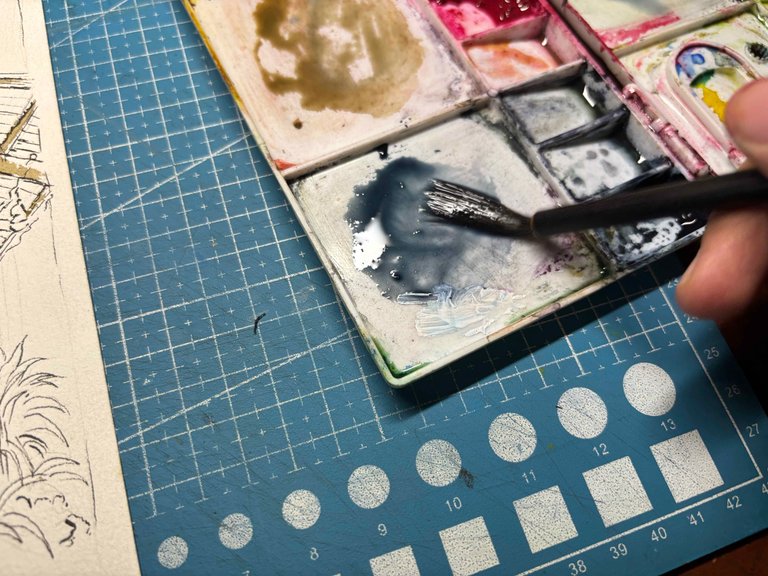
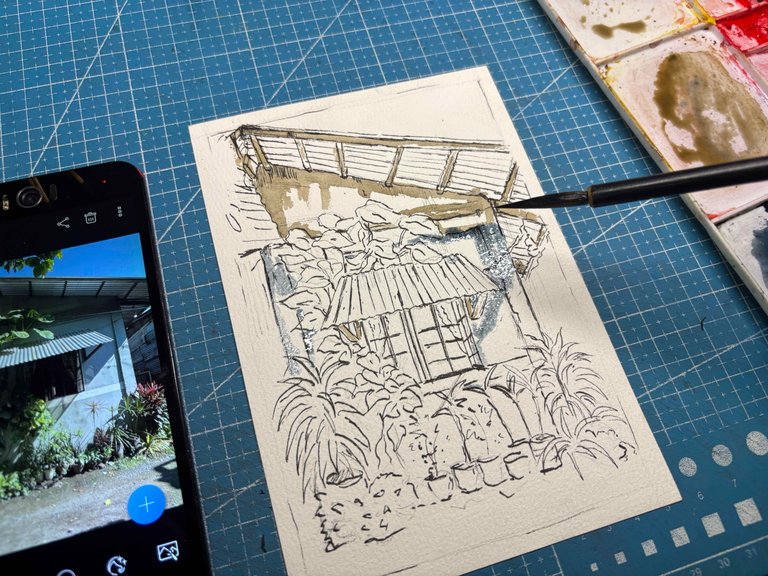


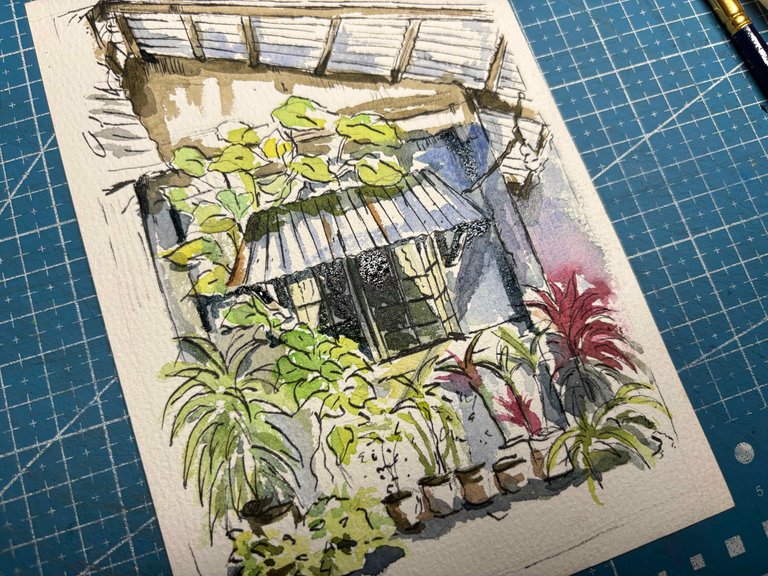
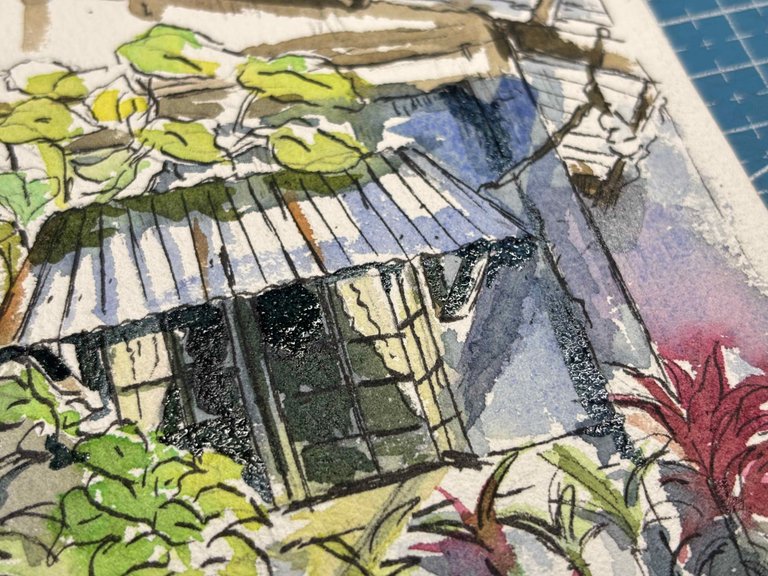
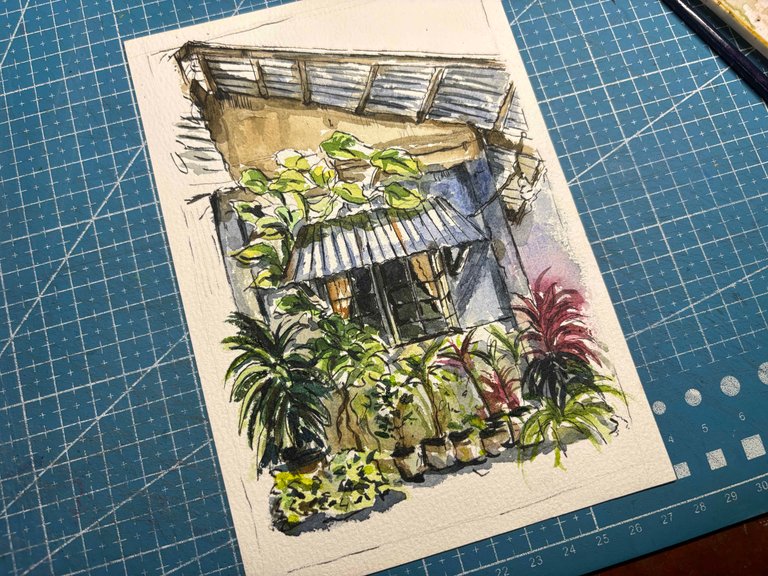
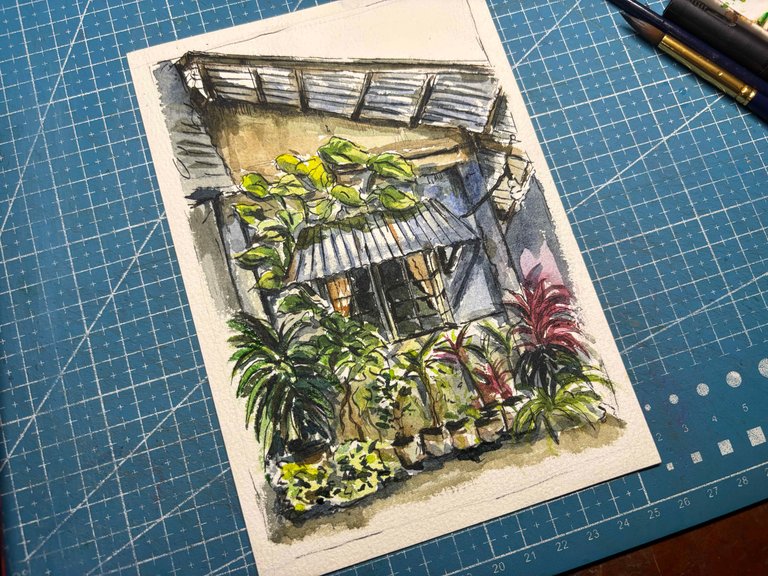
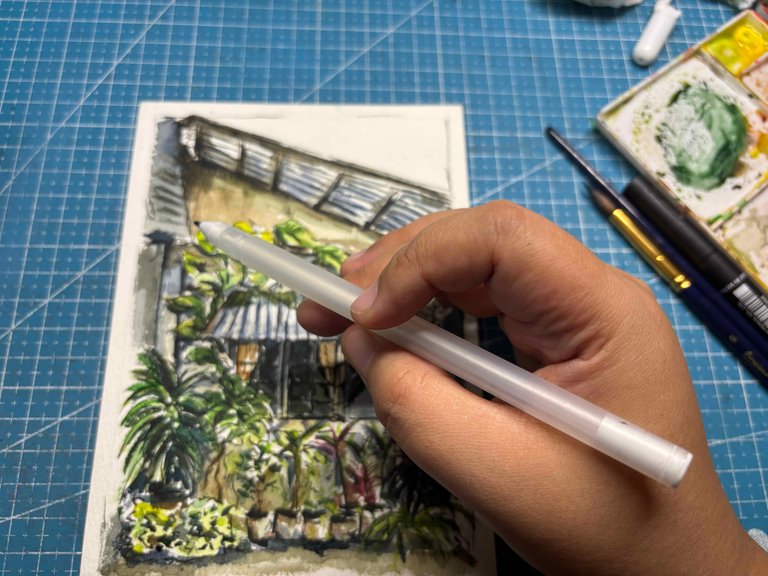

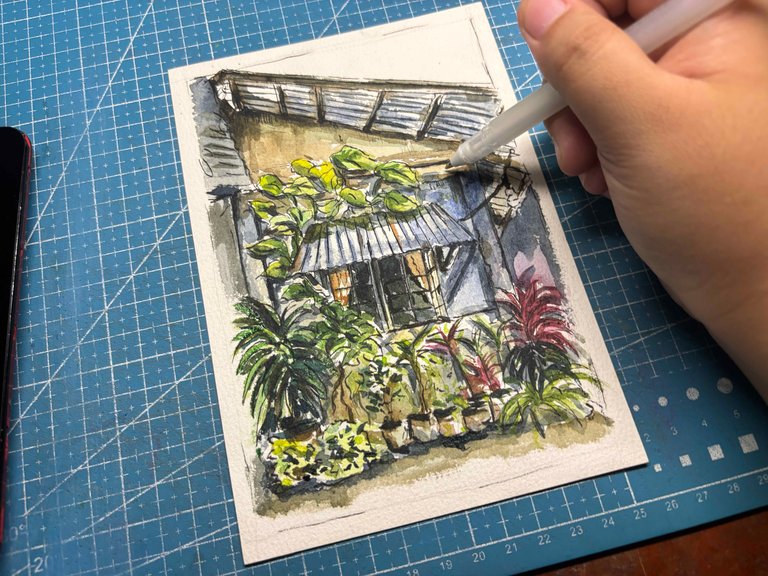

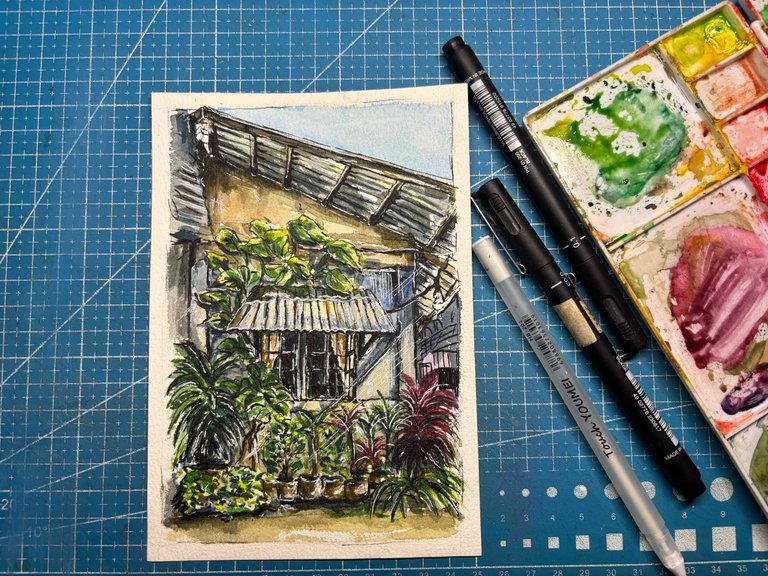

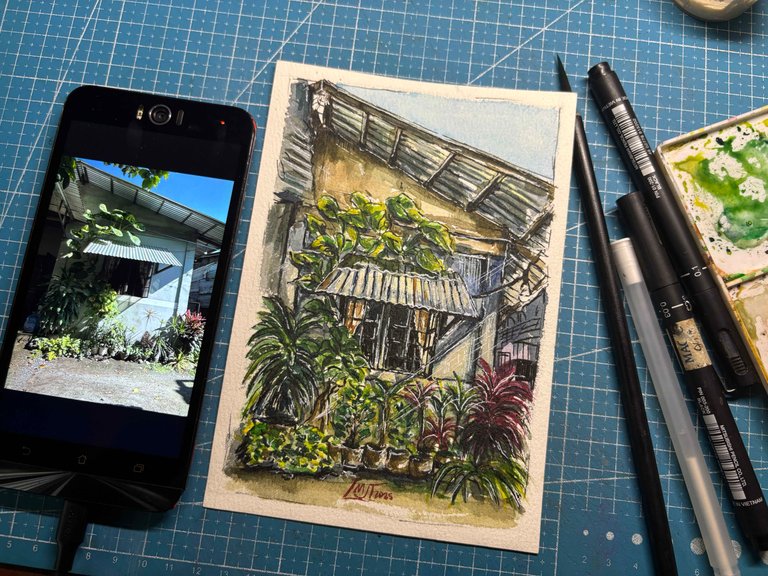
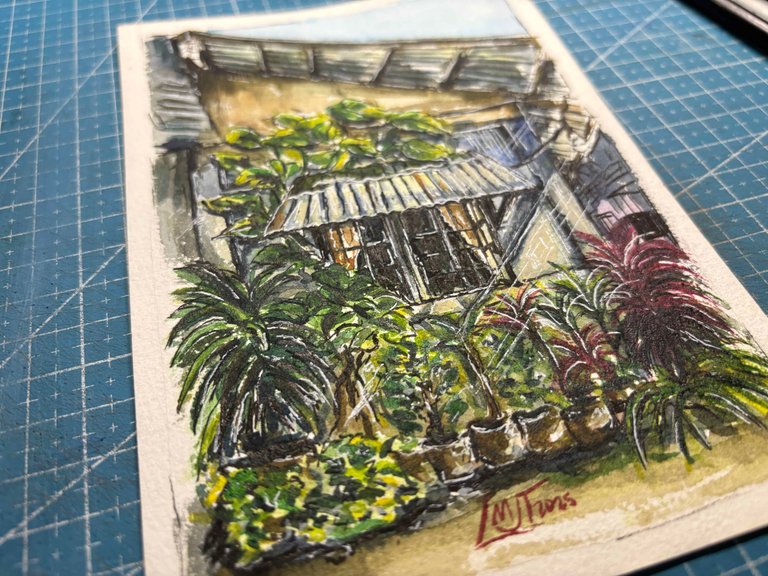

Hermoso trabajo, me encantó tu pintura, que belleza tu arte 🎨❤️
!discovery 30
This post was shared and voted inside the discord by the curators team of discovery-it
Join our Community and follow our Curation Trail
Discovery-it is also a Witness, vote for us here
Delegate to us for passive income. Check our 80% fee-back Program
Peace
The use of a mechanical pencil for the initial sketch is a great tip.
What inspired the architecture subject of your painting?
Your drawing and coloring skills are amazing!!..👍👍
Ganda gawing postcard ✨️